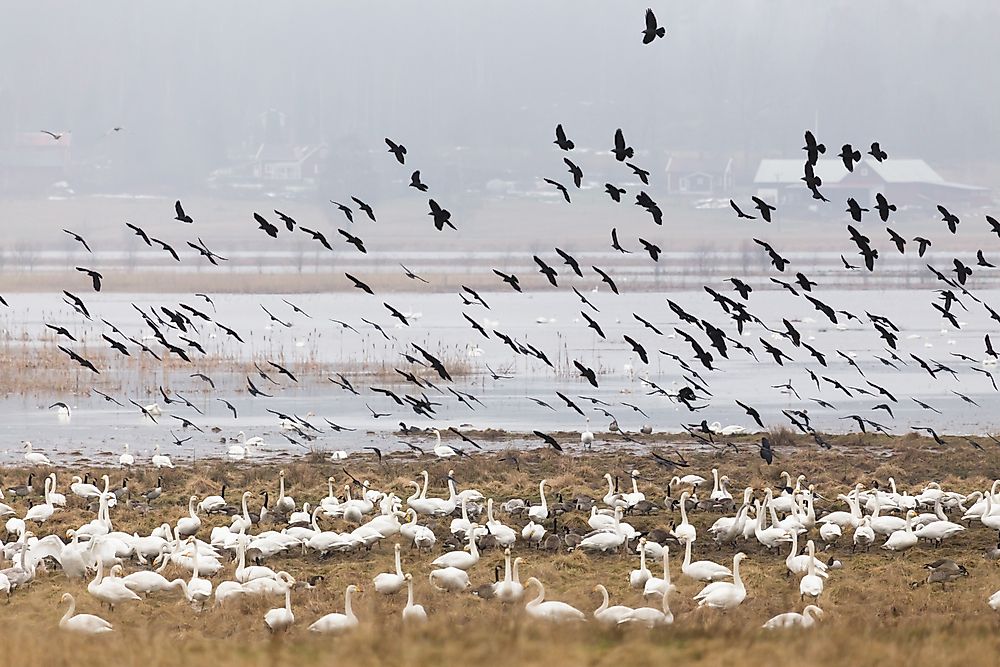What Is The Migratory Bird Treaty Act?

The Migratory Bird Treaty Act was authorized by the Congress in the US to protect birds from people. It is a law that prohibits any killing, hunting, capturing, or selling of birds and any bird parts including the eggs and nests. One needs a permit to perform any of the prohibited activities, even for educational and scientific purposes. This permit is acquired from the US Fish and Wildlife Service.
History of the Migratory Bird Treaty Act
The law was first established in 1916 in line with an agreement between the US and Great Britain to protect migratory birds. Following the signed agreement, the Congress authorized the Migratory Bird Treaty Act in 1918. The law was established when most of the bird species were on the verge of extinction by commercial trade in birds and their feathers. Over time, the Migratory Bird Treaty Act of 1918 expanded internationally through treaties with countries like Russia, Mexico, and Japan. The expansion has seen more species being protected under the law. Tribes from Native America were allowed to collect feathers of protected birds for their religious events through an update to the law in 1962.
Birds Protected by the Law
Most of the birds protected by this law are game birds and the birds that are commonly hunted down. These birds belong to families that include ducks, pigeons, cranes, plovers, and sandpipers among others. It should be noted that many birds that are protected are not migratory, although they are included following an argument that even birds that stay in the same region migrate looking for food sources. In the view of this argument, they are also considered migratory with the aim of protection by law.
Birds Not Protected by the Law
Birds are not protected by the Migratory Bird Treaty Act if they are considered non-native or are species that were introduced by humans. Some native birds are also denied protection by the law if they happen to fall under bird families that are not protected. Invasive birds and those that are not invasive but were introduced to North America fall under no protection of this law, as well as escaped and freed pet birds.
Penalties for Violating the Migratory Bird Treaty Act
Going contrary to the Migratory Bird Treaty Act is classified as a federal crime and punishments are varied depending on the severity of the offense. Petty offenses may attract up to $500 in fines and a jail term of six months. A felony can lead to fines of up to $2,000 and a jail term of up to two years. Offenses that affect multiple birds can be accumulated hence leading to hefty fines and longer jail terms. People are asked to read the law and leave wild birds to stay wild.
Importance of the Migratory Bird Treaty Act
With many birds nearing extinction due to human activities and industrialization, the Migratory Bird Treaty Act of 1918 helps in the conservation of the bird species. There is a need to keep birds safe as they benefit the human population in some ways including helping in pollination. People should take the initiative of urging the administration to uphold the law of protecting birds and oppose amendments that may weaken the Act.











